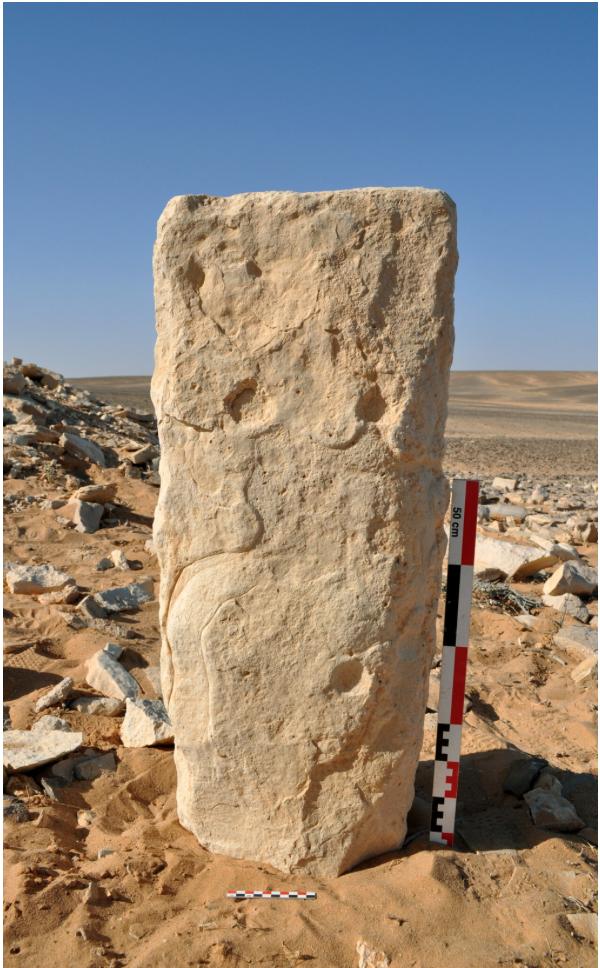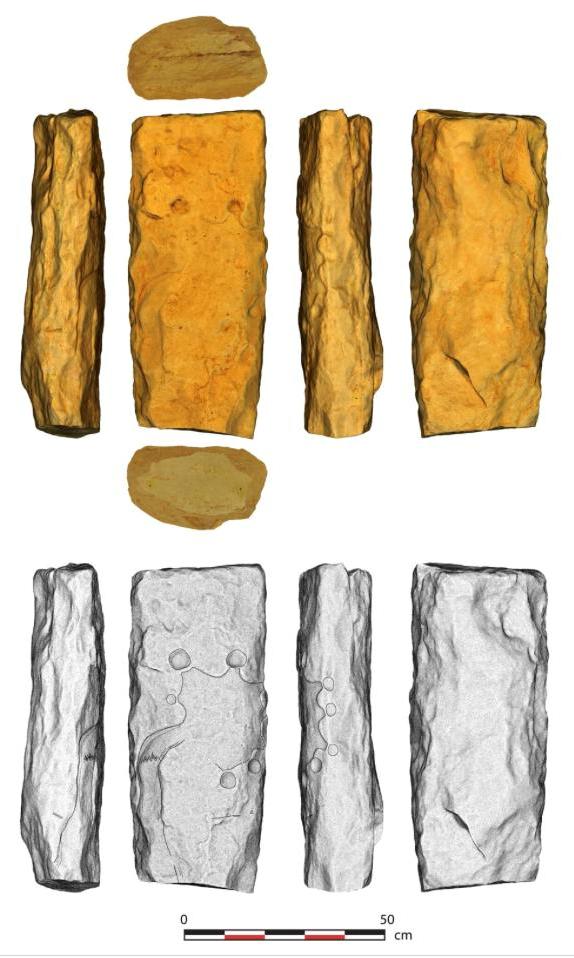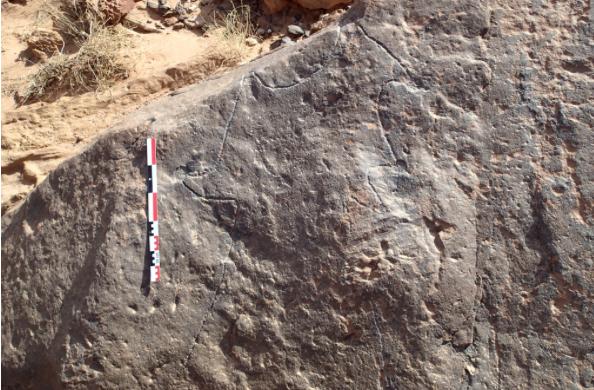Most ancient architectural plan
Massive prehistoric stone structures found in desert landscapes from Saudi Arabia to Kazakhstan have baffled archaeologists for decades. Each can stretch for up to a few miles ...
… and resembles a kite with tail strings in overall shape.
Recent studies have built a consensus that the so-called desert kites were used to trap and kill wild animal herds. But how ancient hunters conceived — and perceived — these grandiose structures has remained a mystery. The kites, in their entirety, are “only visible from the air,” said Rémy Crassard, an archaeologist at the French National Center for Scientific Research. “Even with our modern ways of envisaging our landscape, it’s still difficult for us archaeologists, scientists, scholars to make a proper map.”
Dr. Crassard and his colleagues were overjoyed in 2015 when they found two stone monoliths with precise depictions of nearby desert kites in Jordan and Saudi Arabia. Engraved between 7,000 and 9,000 years ago, these representations are by far the oldest known to-scale architectural plans recorded in human history, the team reported on Wednesday in the journal PLOS ONE. They also highlight how carefully planned the desert kites may have been by the ancient peoples who relied on them.
“It’s mind-blowing,” Dr. Crassard said, “to know and to show that they were able to have this mental conceptualization of very large spaces and to put that on a smaller surface.”
Mathematical models, too, indicated that the kites in the Jordan-Saudi region where the team worked were the closest match when researchers compared the geometry of the two engravings with a total of 69 kites from a variety of regions. Shape comparisons with such nearby kites also revealed that the depictions were to scale. The researchers inferred the ages of the engravings by using geological dating tools to determine how long ago the corresponding local kite structures were built.
What remains unknown is whether these depictions were prepared as blueprints to aid in the construction of the kites, or served as maps for hunters.
CREDIT: The New York Times
Pics description, from 1 to 4: i) an engraved stone discovered tipped on its side in Jibal al-Khashabiyeh, Jordan; ii) a photogrammetric 3D model of the same engraved monolith, showing its different faces and the engraved plan on the stone; iii) an aerial view of a desert kite in Jebel az-Zilliyat, Saudi Arabia; iv) an engraved boulder from Jebel az-Zilliyat depicting two desert kites.
Credit: SEBAP & Crassard et al., PLOS ONE 2023; O. Barge/CNRS




